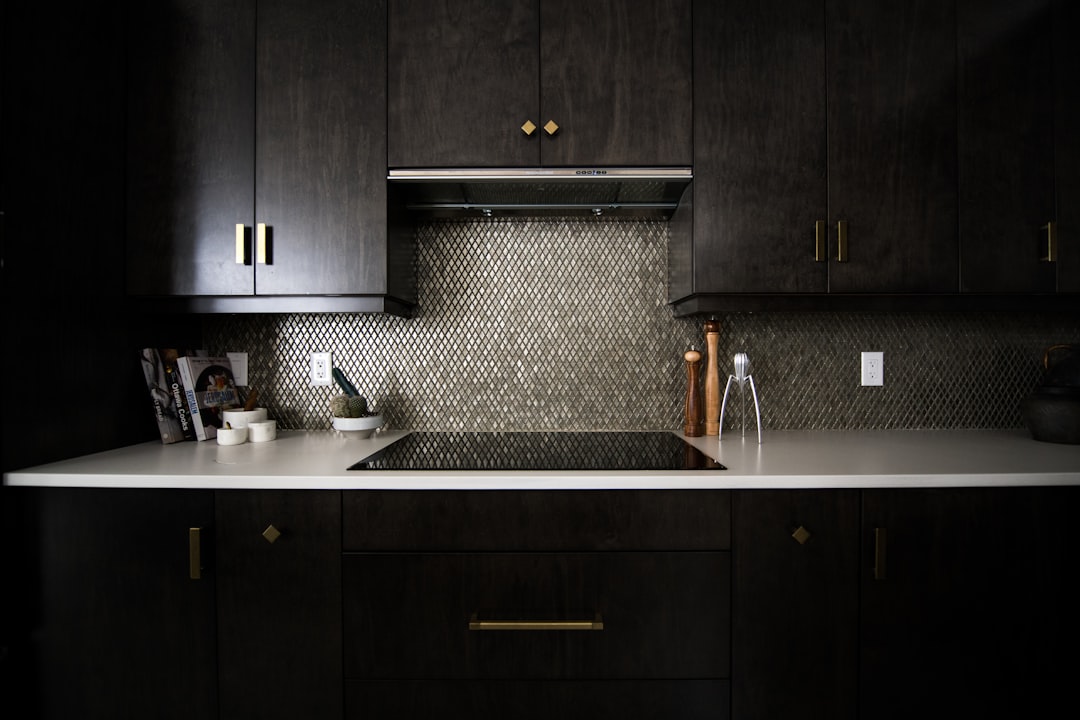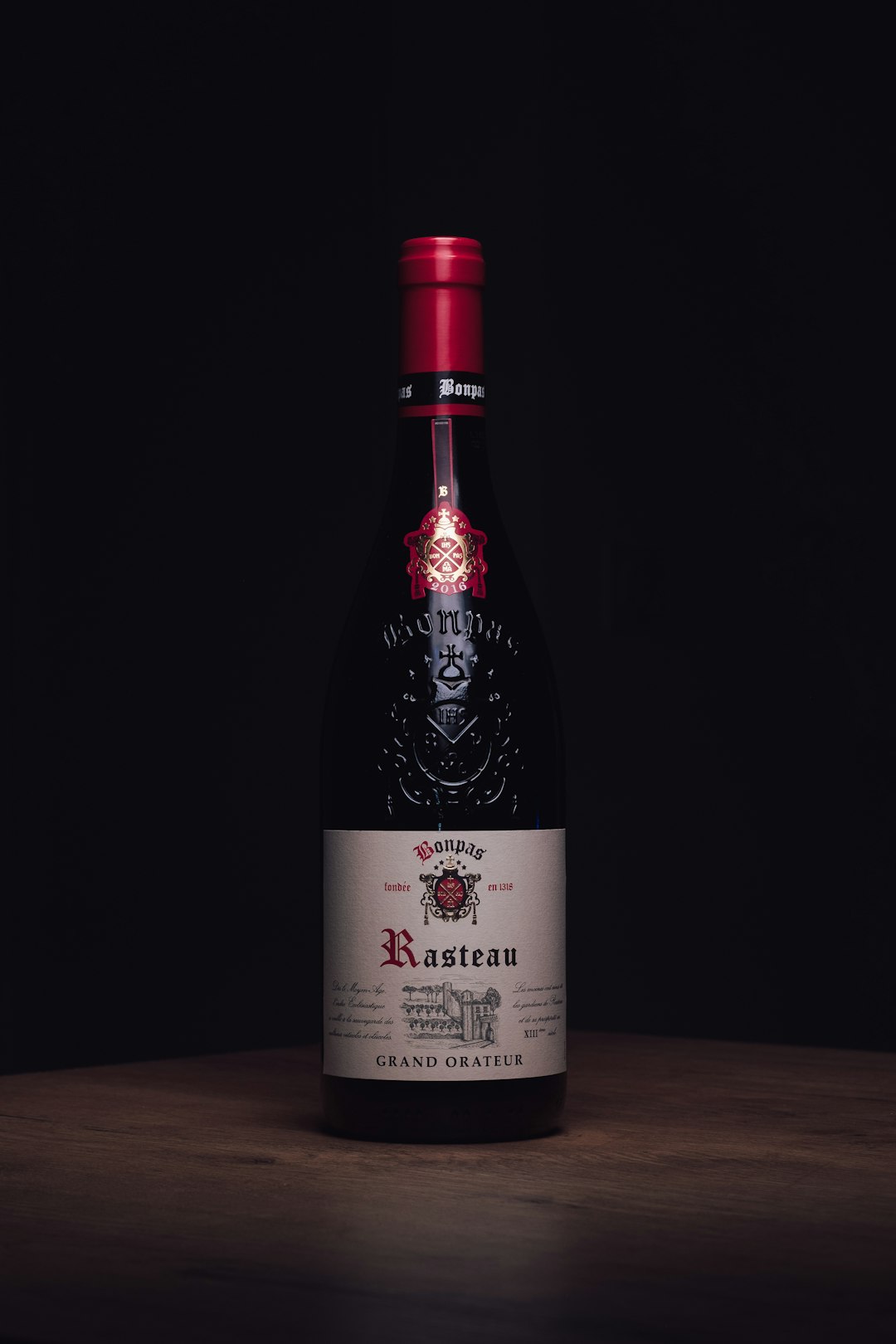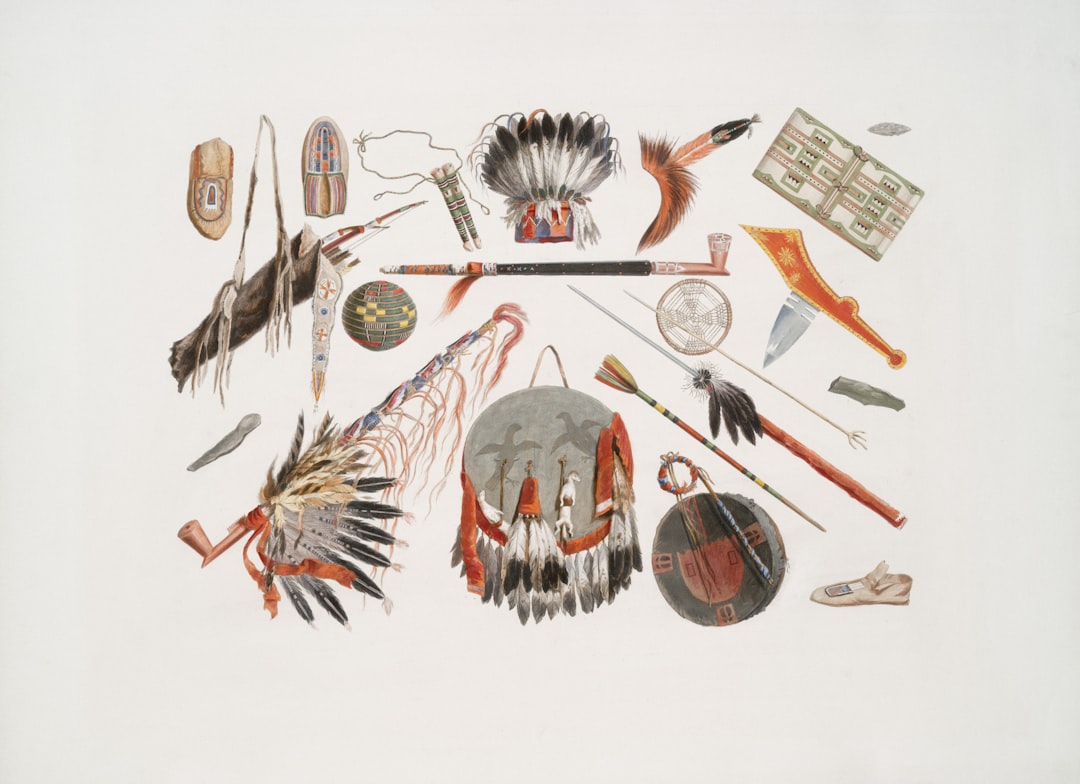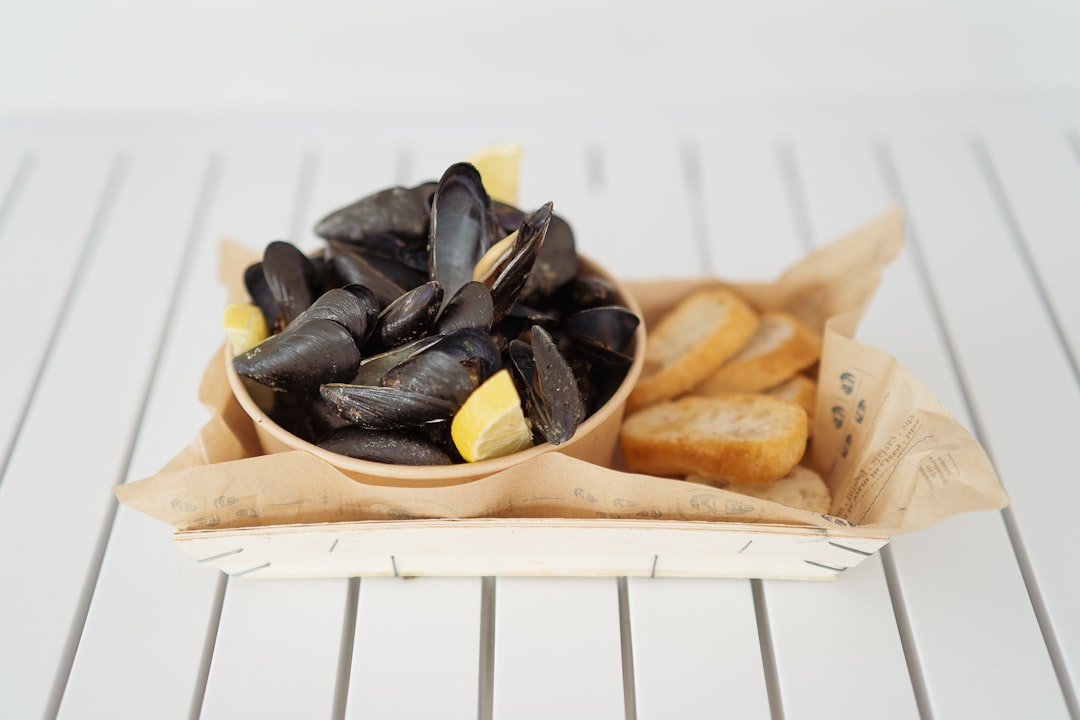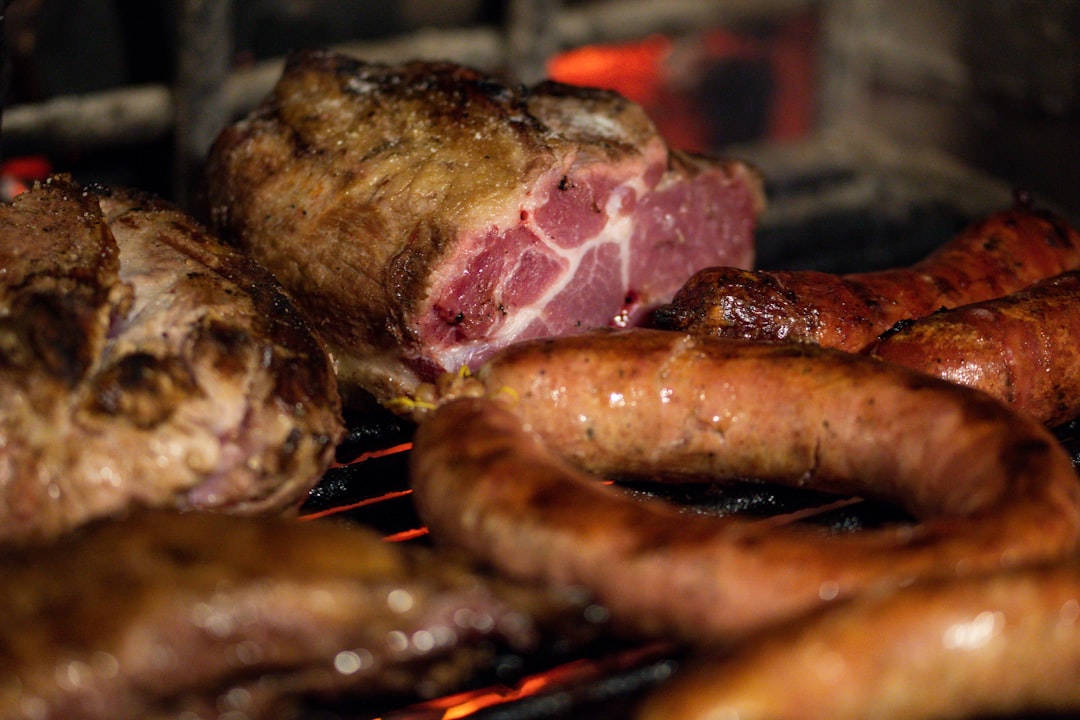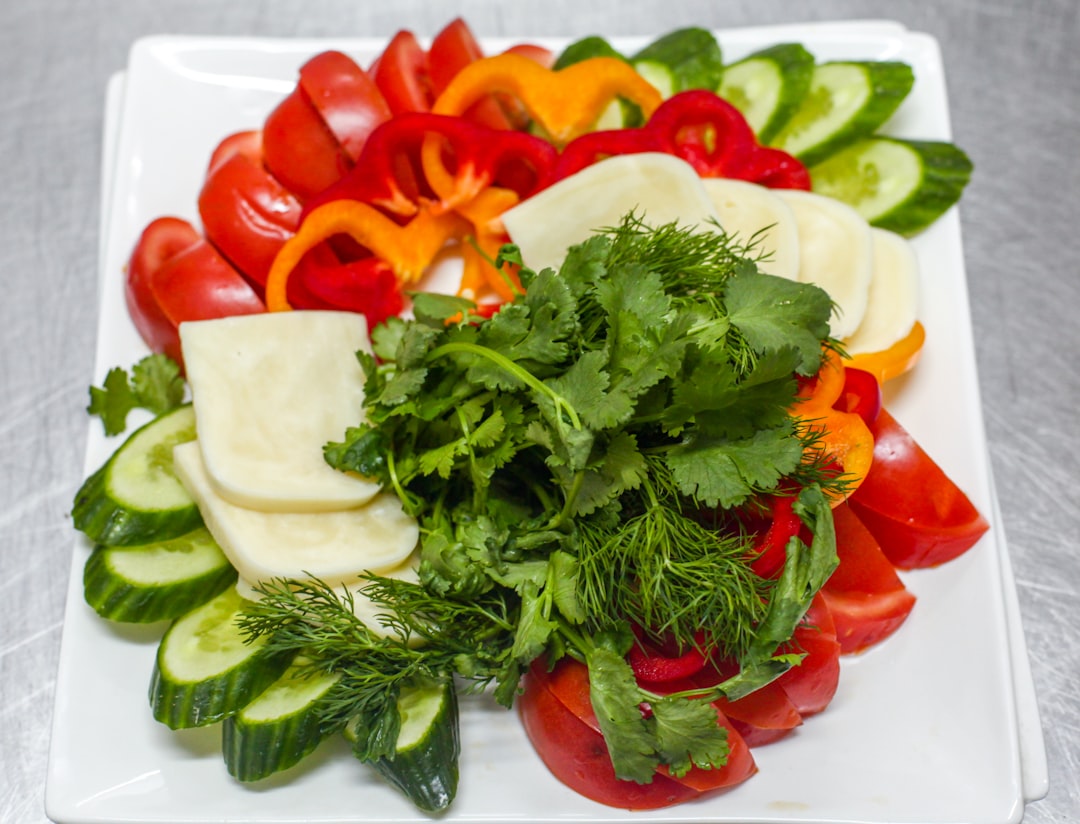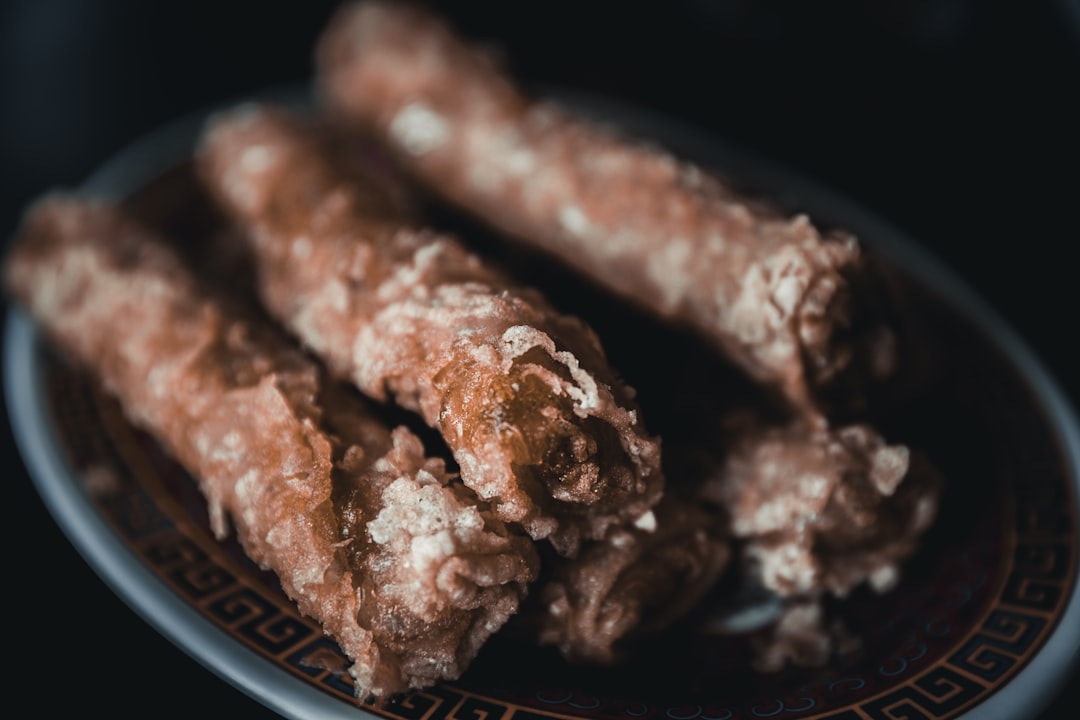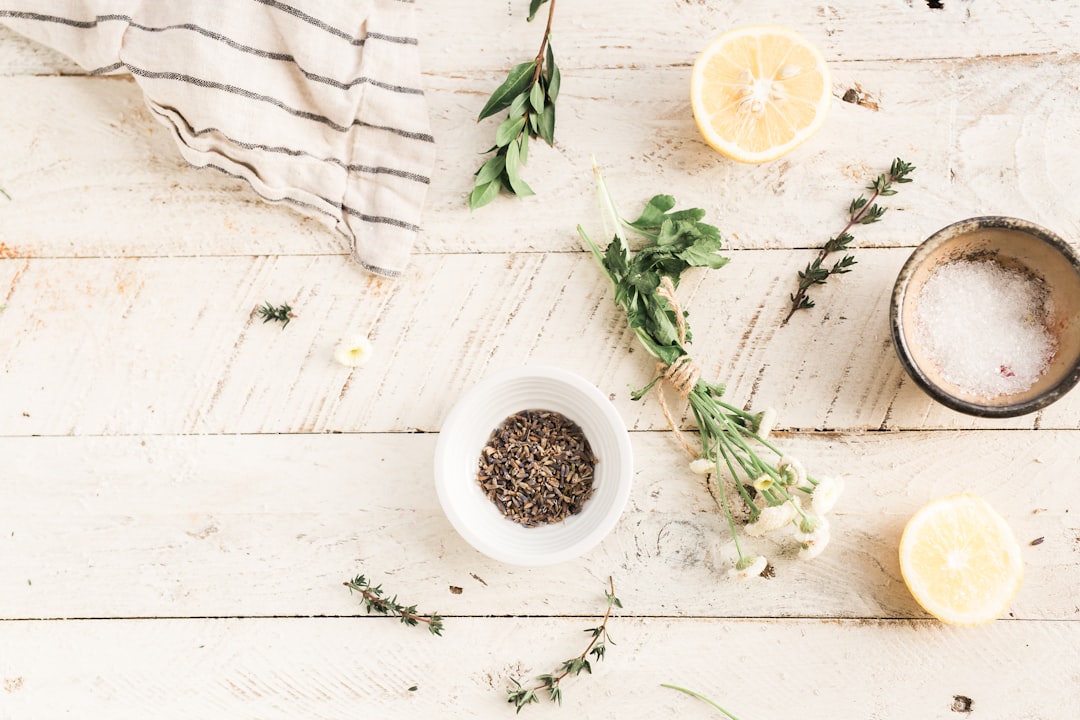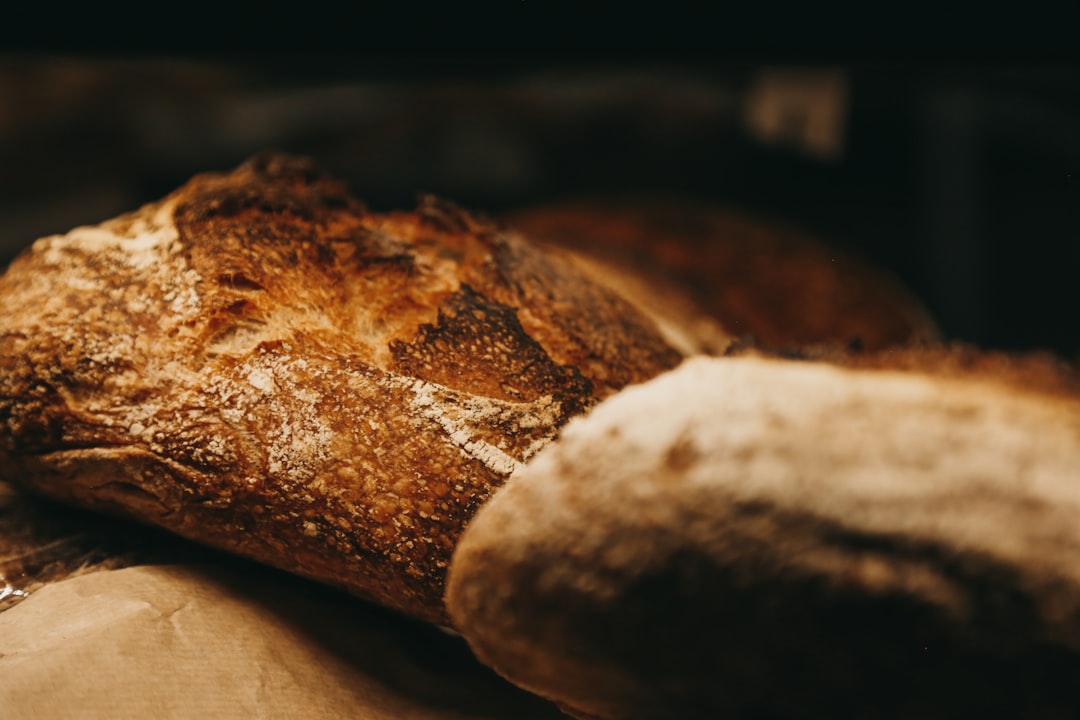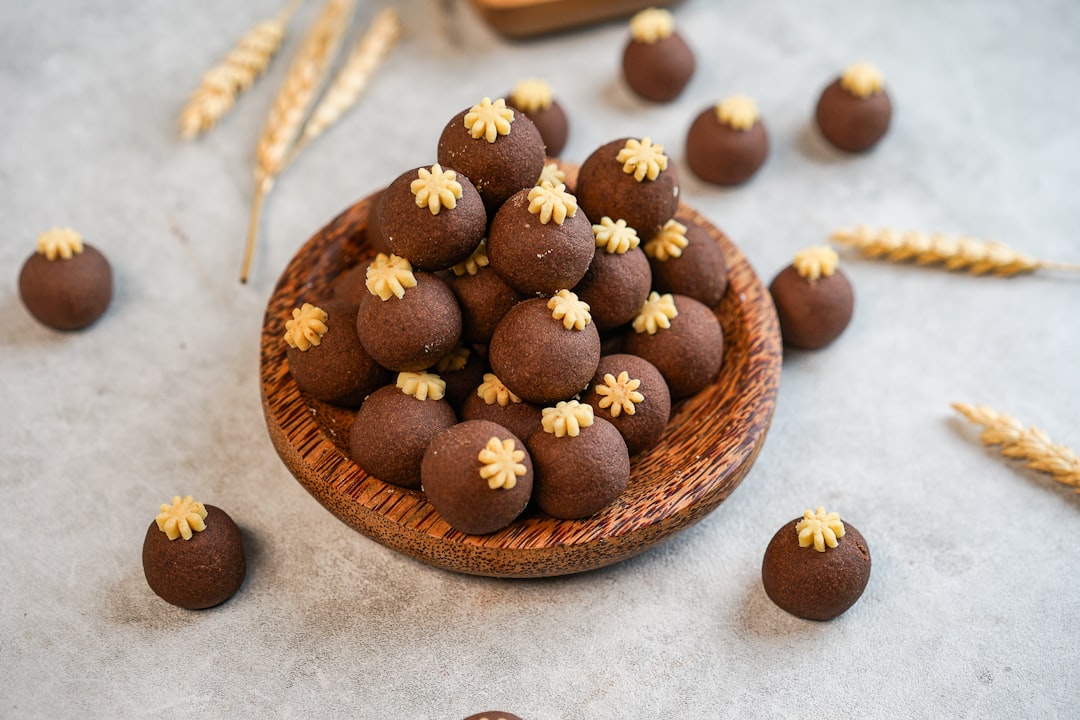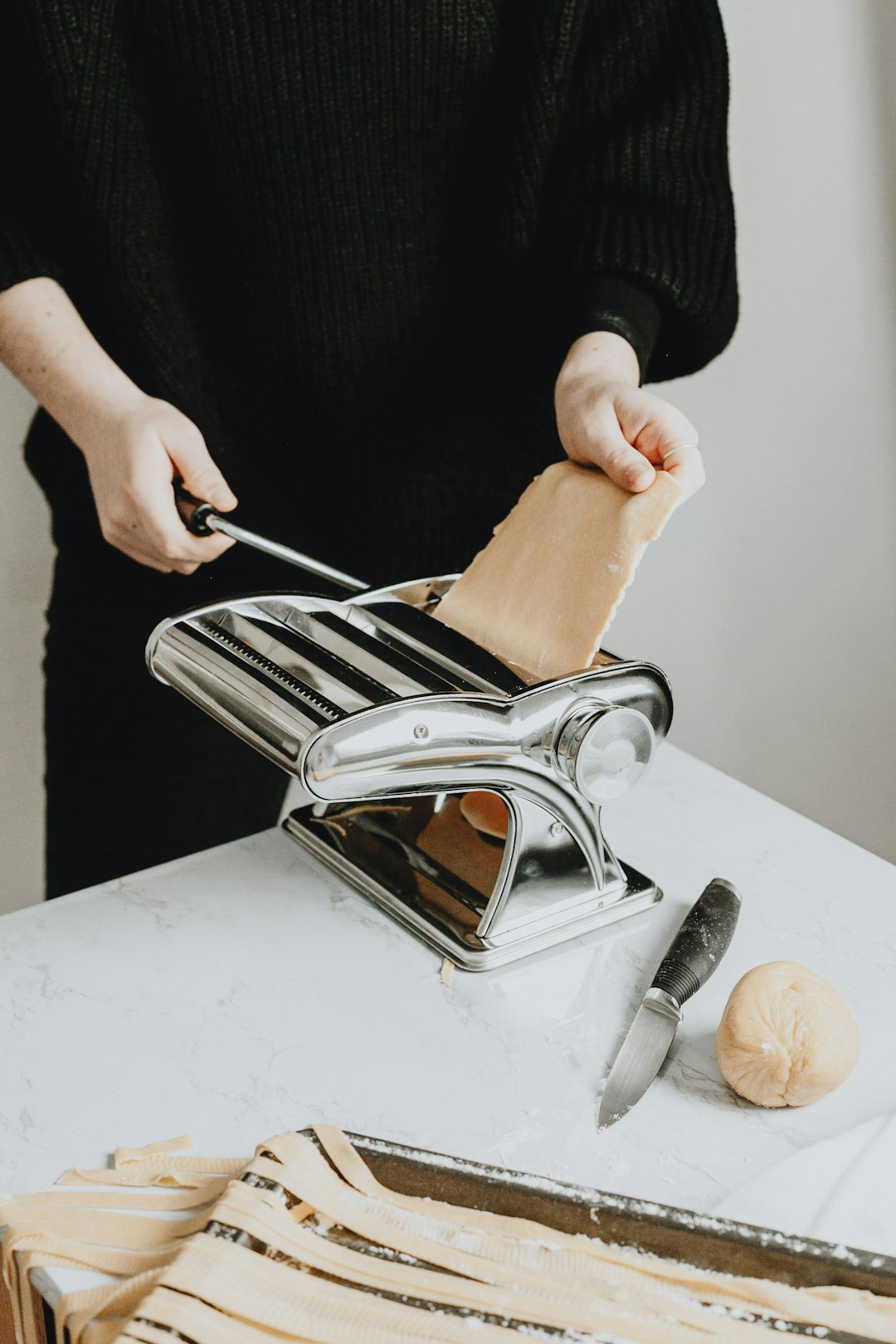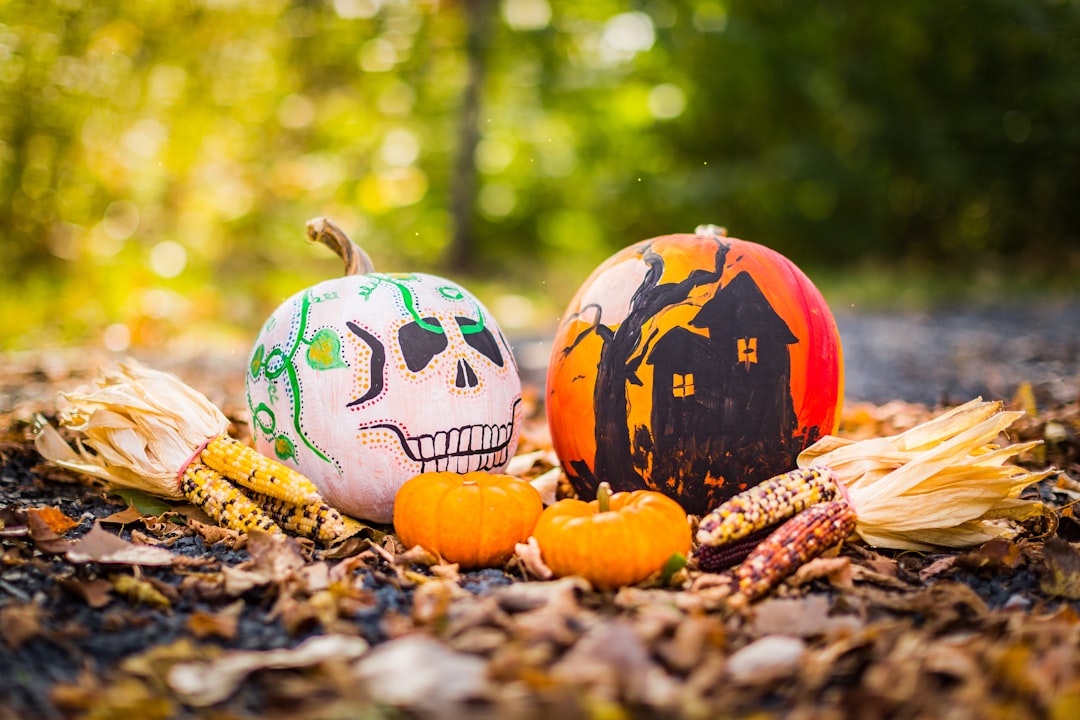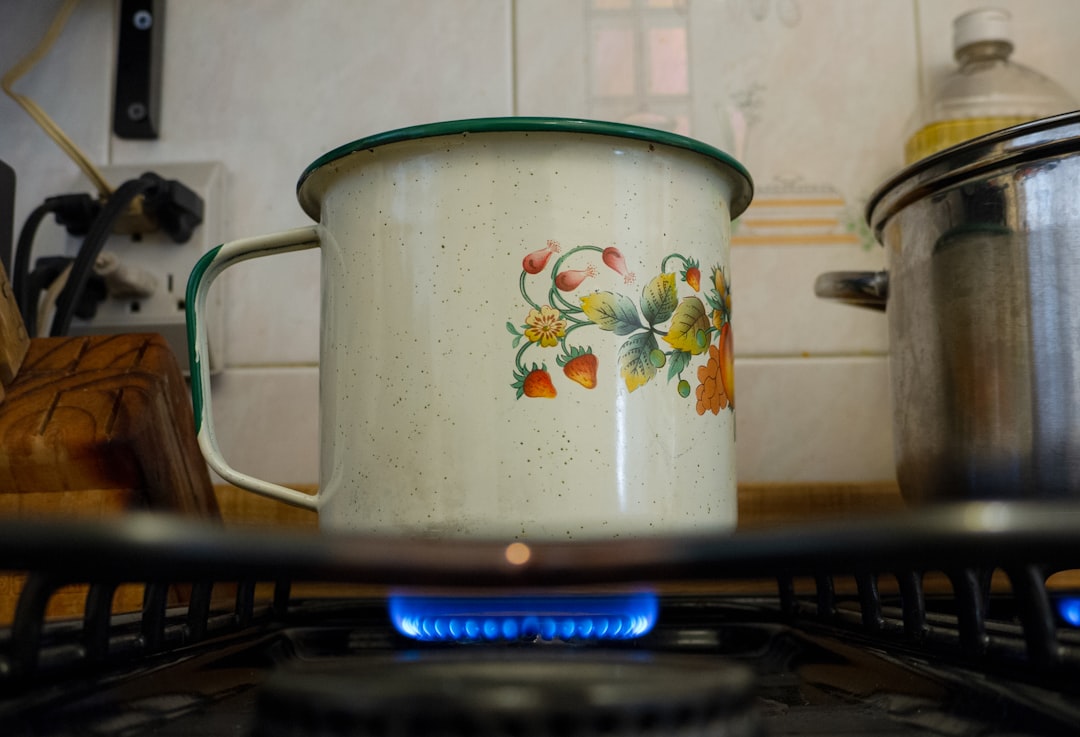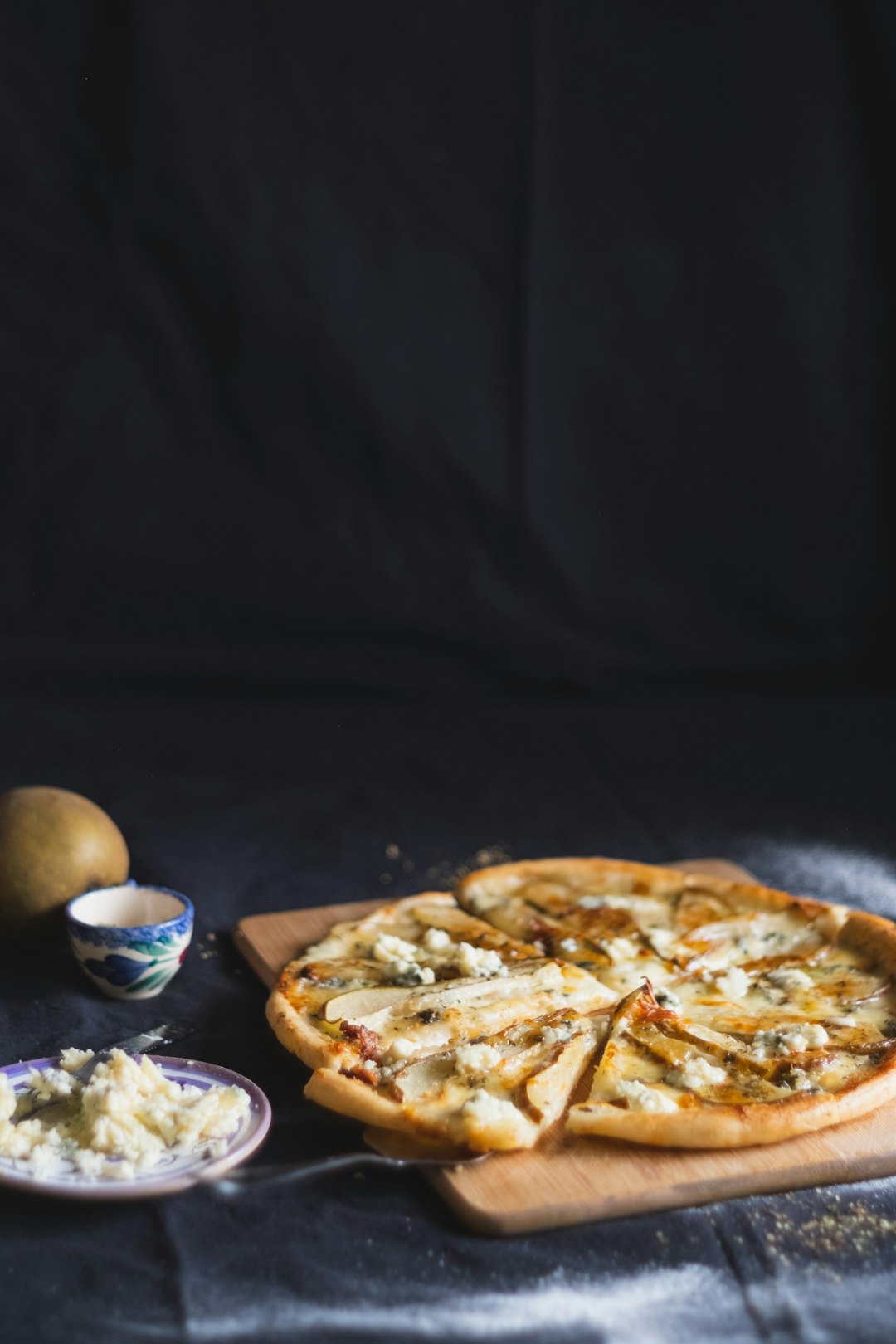
Eggnog, a velvety and creamy concoction, stands as a timeless symbol of the holiday season. Crafted with the rich decadence of egg yolks and the luxurious smoothness of whipping cream, it is a drink that many eagerly anticipate as the festive days draw near. This delightful beverage has a long - standing tradition, tracing its roots back through the centuries, and has become an essential part of holiday celebrations across the globe.
The process of making eggnog is a labor of love. First, the egg yolks are carefully separated from the whites. The yolks are then whisked with sugar until they turn pale and fluffy. This step is crucial as it not only sweetens the eggnog but also helps to create a smooth and rich base. The addition of sugar also acts as a stabilizer for the egg yolks, preventing them from curdling when heated.
Next, the milk is slowly heated in a saucepan. It's important not to let the milk boil; instead, it should be heated until it's just steaming. The warm milk is then gradually poured into the egg yolk - sugar mixture, whisking constantly. This slow addition and continuous whisking ensure that the eggs are tempered and don't scramble. Once the milk and egg yolk mixture is well - combined, it is returned to the saucepan and cooked over low heat. The mixture needs to be stirred constantly until it thickens enough to coat the back of a spoon. This is the moment when the eggnog starts to take on its signature creamy texture.
After the cooked mixture has cooled slightly, the whipping cream is folded in. The cream adds a luxurious and indulgent element to the eggnog, making it even more decadent. At this point, the traditional recipe calls for the addition of rum and bourbon. These spirits not only add a warm, boozy kick but also enhance the overall flavor profile of the eggnog. The alcohol also helps to preserve the eggnog, allowing it to be stored for a longer period.
However, for those who prefer a non - alcoholic version, the process is just as rewarding. Simply omit the rum and bourbon and increase the amount of milk. This adjustment still results in a delicious and creamy eggnog that can be enjoyed by people of all ages. The non - alcoholic eggnog can be garnished with a sprinkle of nutmeg on top, which adds a warm and spicy aroma that is characteristic of the holiday season.
Eggnog can be served in a variety of ways. It can be poured into glasses and enjoyed on its own, sipped slowly to savor every creamy mouthful. It can also be used as a base for other holiday treats. For example, it can be used to make eggnog milkshakes by blending it with ice cream. Or, it can be used in baking, such as in eggnog - flavored cakes or cookies.
When it comes to storing eggnog, it's best to keep it refrigerated. If it contains alcohol, it can last for a few weeks in the fridge. The non - alcoholic version, however, should be consumed within a few days. To ensure the best quality, it's important to give the eggnog a good stir before serving, as the ingredients may separate over time.
In conclusion, eggnog is more than just a drink; it's a holiday tradition. Whether you prefer the classic alcoholic version or the non - alcoholic alternative, it offers a taste of the season that is both comforting and indulgent. So, as the holidays approach, gather your ingredients and whip up a batch of this delicious eggnog to share with your loved ones. It's a simple yet powerful way to add a touch of holiday magic to your celebrations.
